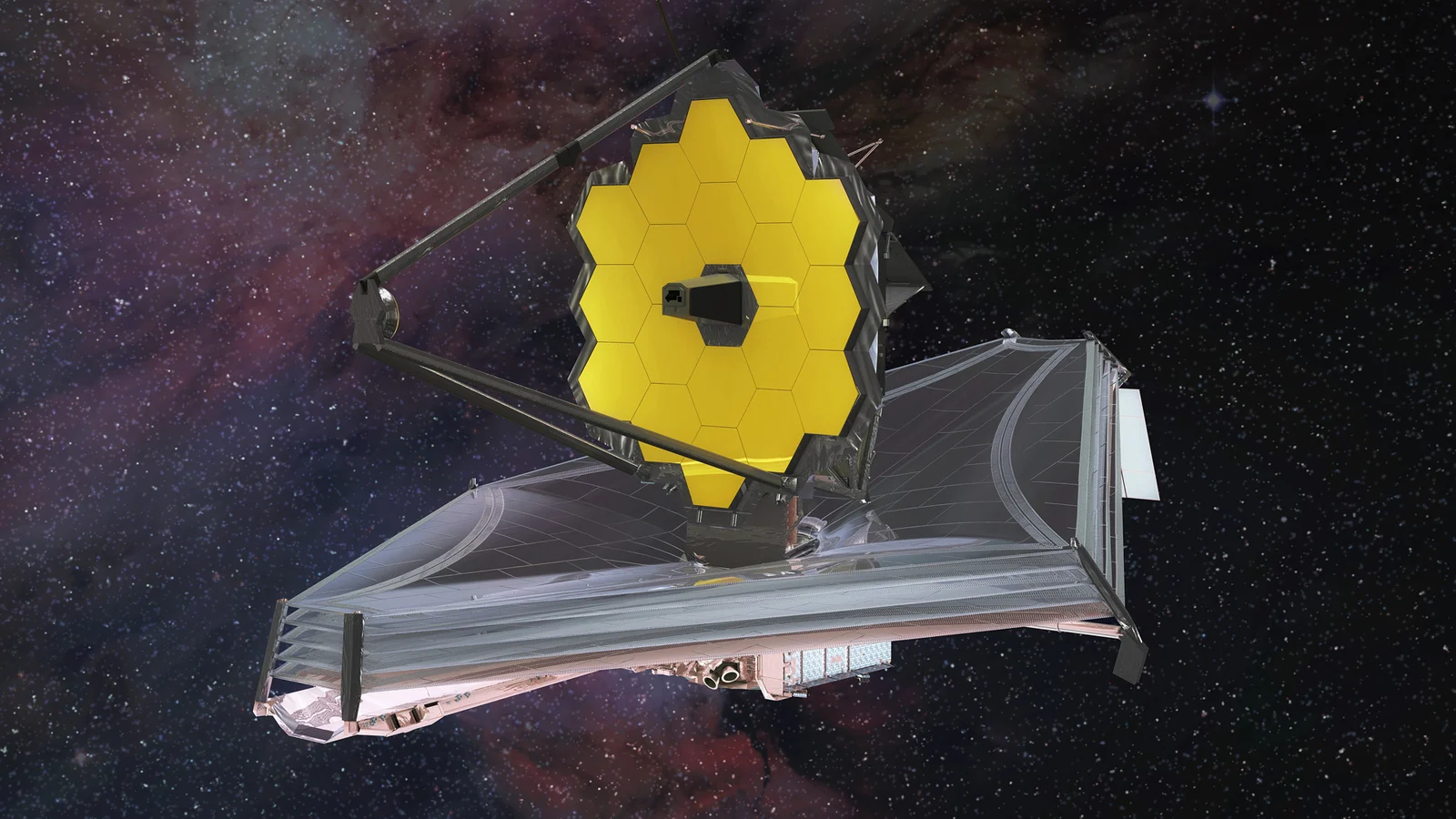
James Webb Space Telescope lifts off in spectacular Christmas morning launch
The largest, most powerful telescope ever launched into space, Webb will answer outstanding questions about the Universe and make breakthrough cosmic discoveries.
After years of waiting, the day finally arrived! On Christmas morning, the astronomy and space community received what could be the best present of all — the launch of the most powerful space telescope ever built.
Early in the morning, on Saturday, December 25, an Ariane 5 rocket lifted off from Europe's Spaceport in French Guiana. Perched atop this rocket was the James Webb Space Telescope, quite possibly the most important astronomy payload to be sent to space of the past two decades.
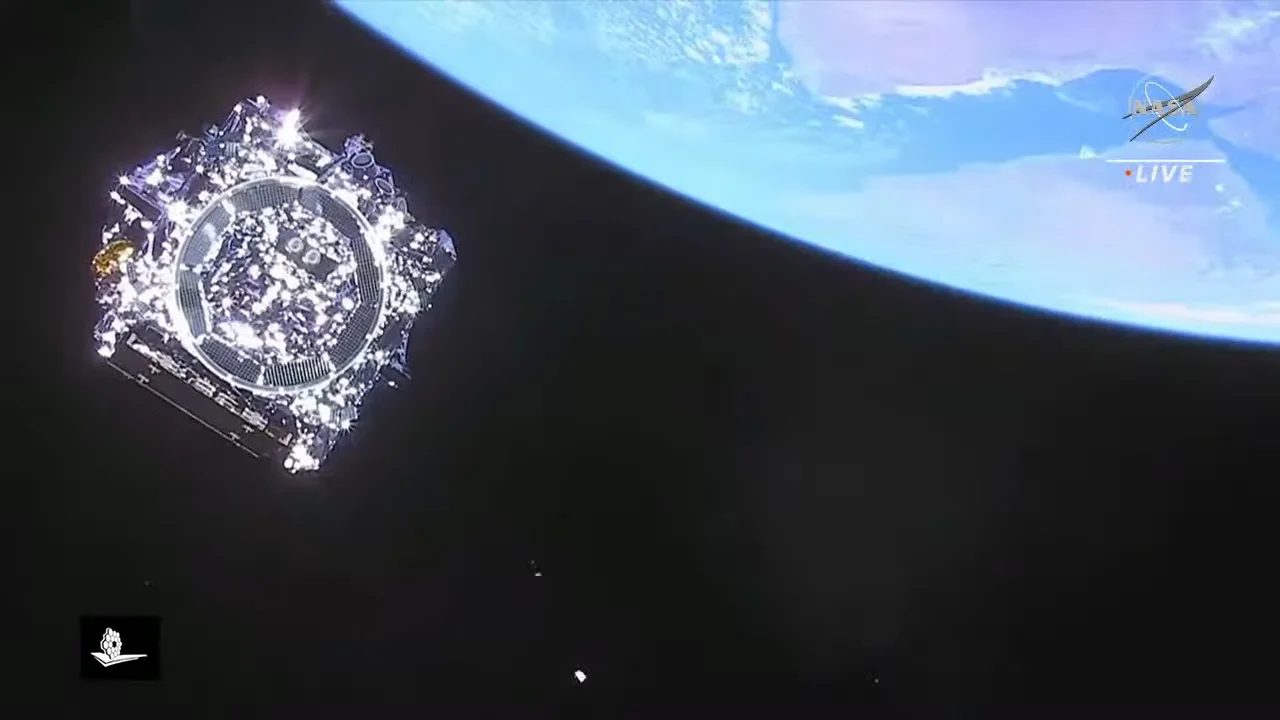
The James Webb Space Telescope is seen here in low-Earth orbit, after it separated from the launch vehicle. Unlike the Hubble Space Telescope, which orbits Earth and can be spotted from the ground, until we build ships that regularly carry humans around the solar system, this is the last time we will see Webb, as it begins its journey to Lagrange point 2, 1.5 million km away. Credit: NASA TV
As the long-awaited successor to the Hubble Space Telescope, Webb is over 100 times more powerful than Hubble and is expected to revolutionize astronomy. It will give us our clearest views yet of objects both near and far distant in the cosmos, and it will allow us to look farther back in time than we ever have before, to when the first stars ignited in the early universe.
According to NASA: "Webb will directly observe a part of space and time never seen before. Webb will gaze into the epoch when the very first stars and galaxies formed, over 13.5 billion years ago. Ultraviolet and visible light emitted by the very first luminous objects has been stretched or 'redshifted' by the universe's continual expansion and arrives today as infrared light. Webb is designed to 'see' this infrared light with unprecedented resolution and sensitivity."
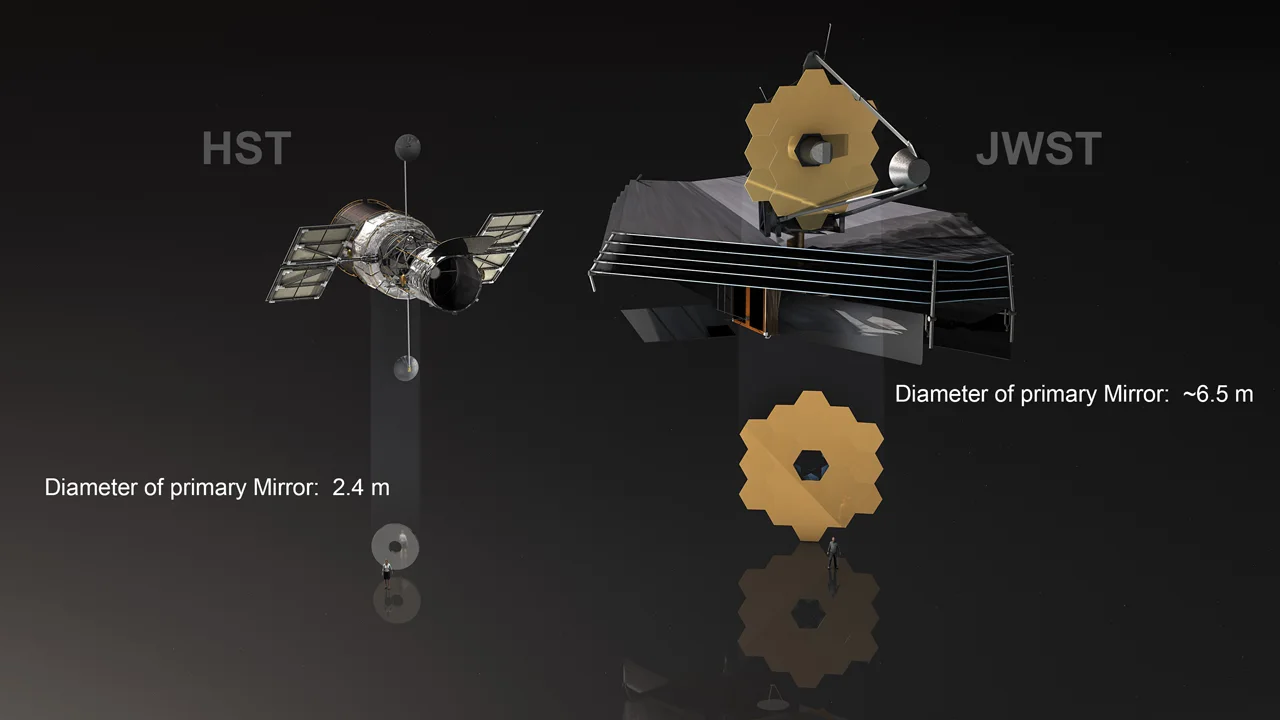
This graphic explores the differences between the Hubble Space Telescope and the new James Webb Space Telescope. Credit: ESA/M. Kornmesser
Webb launched at 7:20 a.m. EST on Saturday, December 25. Complete coverage of the launch was broadcast by NASA, which can be watched below.
CANADA KEEPS WEBB ON TARGET
As a contributor to the JWST mission, along with NASA and the ESA, the Canadian Space Agency has provided two essential instruments to the new space telescope.
The first, the Fine Guidance Sensor (FGS), is quite possibly the most crucial instrument for Webb's mission, allowing the telescope to:
use the stars as cosmic reference points to determine its position in space,
pinpoint the celestial targets astronomers want to observe,
track moving targets across the backdrop of space, and
maintain a steady, high-precision lock on its celestial targets.
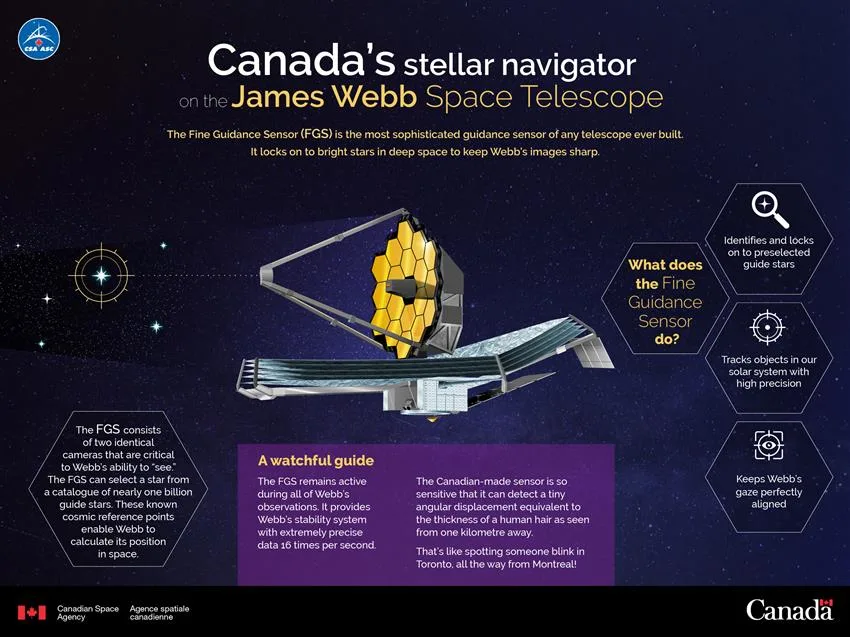
Canada's stellar navigator on the James Webb Space Telescope. Credit: Canadian Space Agency
Integrated into the same unit as the FGS is the second Canadian contribution, the Near-Infrared Imager and Slitless Spectrograph, or NIRISS.
Working alongside Webb's other instruments, NIRISS will contribute to our understanding of the universe. Most remarkably, though, this instrument will also allow astronomers to closely study exoplanets — alien worlds orbiting distant stars. Collecting detailed information on their atmospheres may even reveal which of these worlds are capable of supporting life.
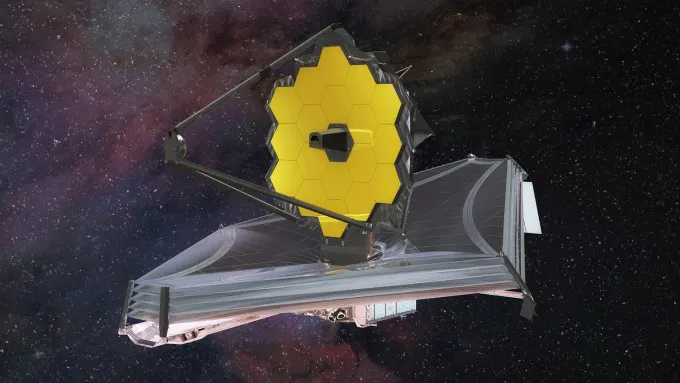
This artist's impression shows the James Webb Space Telescope floating in space. Credit: ESA/Northrup Grumman
WATCHING THE WEATHER
Given the importance of this launch, the mission team is taking no chances with the weather — both here on Earth and in space.
After a few delays due to technical issues, an original launch date of December 24 was set. However, this was pushed back by a day due to some troublesome weather in the forecast for the Guiana Space Center. With better conditions expected on Christmas Day, the launch team has turned their attention to space weather.
According to NASA: "A mission this complex faces many challenges — not least the delicate operation of unfolding its instruments in space. But as the mission readies for launch, operators must evaluate another risk: space weather, the fluctuating, sometimes dangerous conditions in space driven by the Sun."
There are three main concerns when it comes to the space weather impact on a launch.
The first is how space weather can impact Earth's ionosphere, the electrically-charged region of the upper atmosphere. The effects of the solar wind and coronal mass ejections (aka solar storms) can supercharge the ionosphere. This can result in disruptions to radio communications between orbiting spacecraft and the ground.
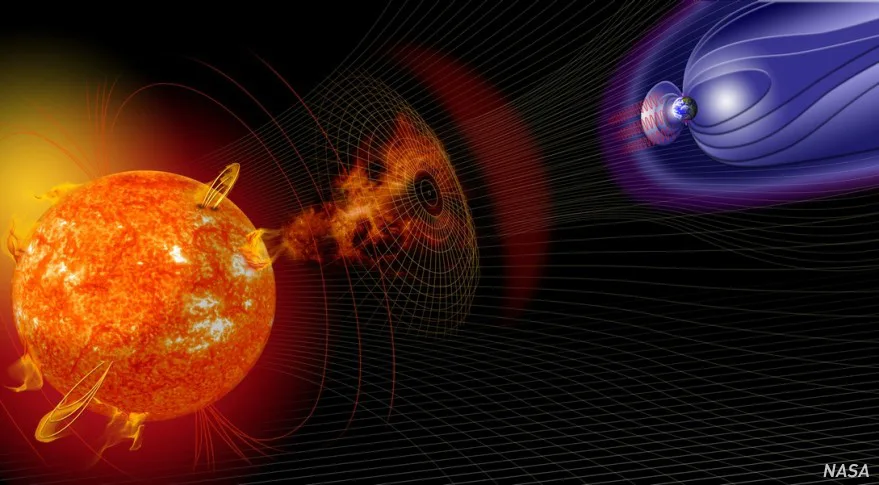
This graphic captures the varied impacts of space weather. Credit: NASA
The second is how changes in space weather affect the Van Allen radiation belts.
"The Van Allen Belts are always active, but an arriving solar storm can pour new electrons into them and energize those already there," says NASA. "Colliding with spacecraft, these energized electrons can build up a charge on the spacecraft's surface."
Charge buildup on a spacecraft can create a perilous situation for the mission. In a worst-case scenario, this charge can produce arcs of electricity across the spacecraft's instruments and computers, causing electrical shorts, which could damage sensitive electronics.
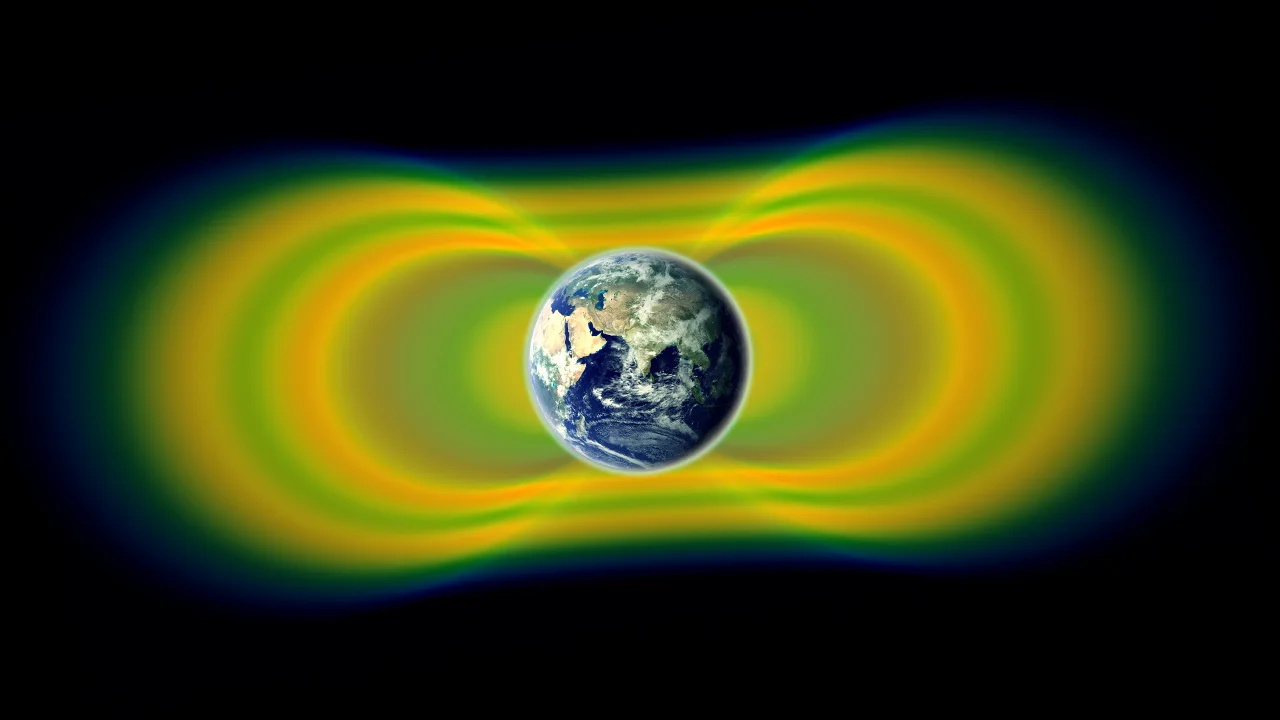
This artist's impression shows the donut-shaped Van Allen radiation belts around Earth, which are caused by high-energy particles becoming trapped in Earth's geomagnetic field. Credit: NASA
The third problem is solar energetic particles, or SEPs, which are high-energy particles accelerated at very high speeds away from the Sun during solar flares.
If SEPs strike spacecraft electronics, they can trigger events known as 'bit flips'. This is where one specific bit of the binary code of any particular command is changed from a zero to a one, or from one to zero, due to the electrical charge introduced by the particle strike.
The exact results of these events depend on what part of the spacecraft's computer was affected or which command was disrupted. Some, we'd never notice. Others can cause a complete loss of the spacecraft.
"Impacts of space weather come in many forms and can cause problems for what we're doing," Jim Spann, the space weather lead at NASA Headquarters, said in a press release. "We're going to have to pay a lot of attention to space weather."
AND NOW WE WAIT...
Now, after the launch, with the James Webb Space Telescope flying in space under its own solar power, we are going to have a long wait before the first images come in — 29 days for the telescope to reach its final orbit around Lagrange point 2, and another four to five months for testing and calibration.
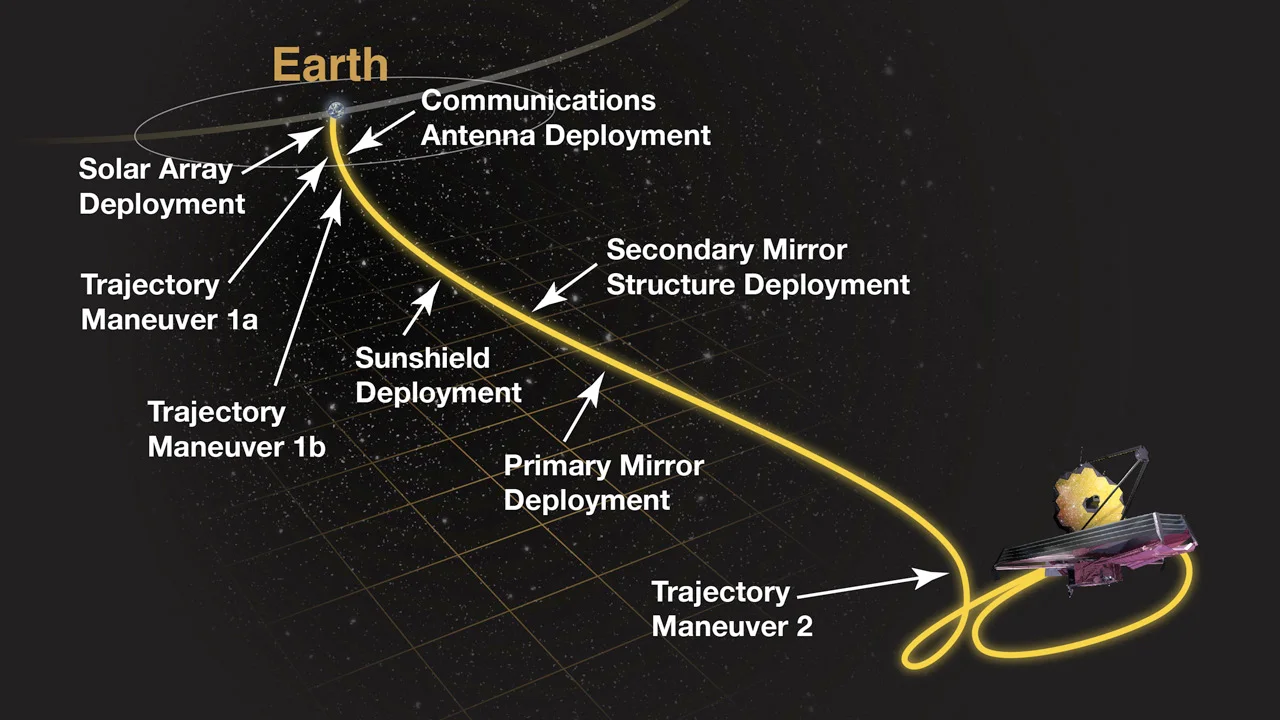
There is a carefully planned timeline for the deployment of Webb as it journeys to its orbit at Lagrange point 2, 1.5 million km 'behind' the Earth in its orbit around the Sun. Credit: NASA/M. Clampin (GSFC).
Just to go over exactly what this wait is all about, and why there is a lot of anxiety about the wait and the processes that will go on throughout it, Vlogbrother Hank Green recorded a short video that very handily explains it:
Check out more information on Webb at NASA's website, and watch for more updates on this mission in the days and months ahead!






